The etiquette of hiking photography
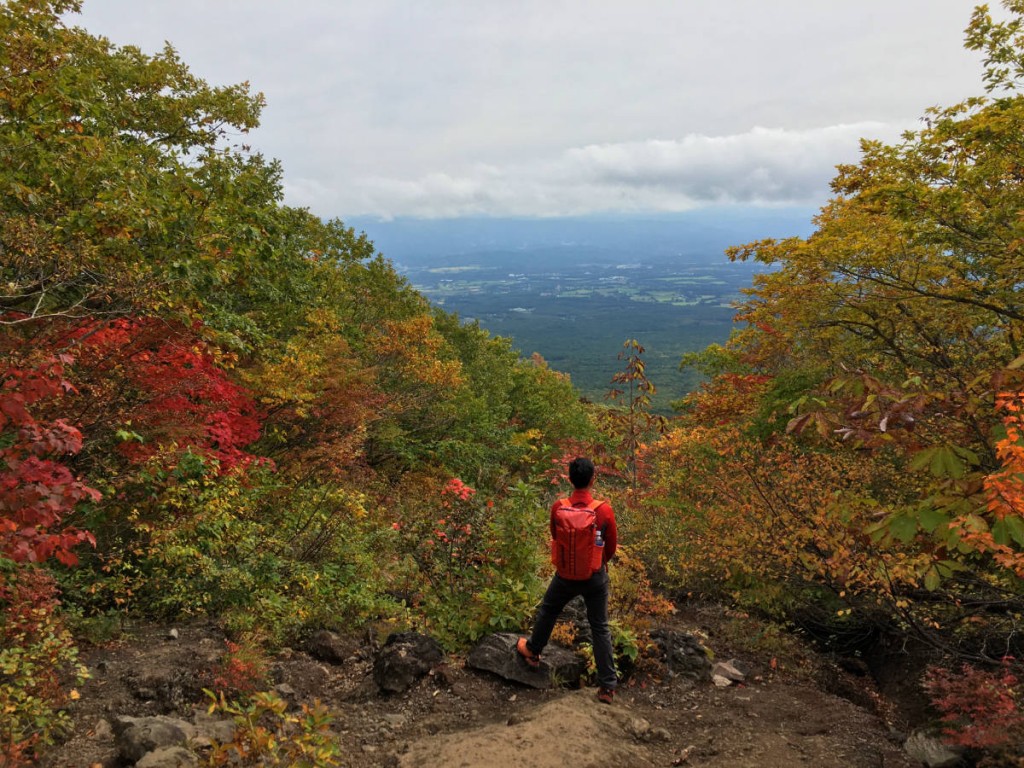
by Gideon Lasco
Practically, every hiker is an amateur photographer, and many times, there are even more cameras than hikers on a hiking trip! We Filipinos love pictures, and perhaps more so when we’re climbing mountains. To paraphrase Sir Edmund Hillary, one might quip: “It is not the mountain that we photograph, but ourselves.”I think this is a very good thing, because pictures enable us to share what is otherwise hard to describe with words alone: the experience and joy of the outdoors. However, I believe that it is also important to observe certain guidelines that will make your hiking and photography work together very well. Here’s some of them:
3. Avoid redundant shots, whenever possible. In this age of easy sharing of photos and Facebook albums, there are times when having ten cameras taking the same shot is impractical and inconvenient, especially if it would delay the itinerary or inconvenience a guide who would have to take the same shot over and over again.
4. Do not obstruct the trails when doing ‘photoshoots’ or ‘action shots’. Documenting the trail is a very important, but not at the expense of inconveniencing others. This is especially true in mountains with narrow, ‘one-way’ trails like those of Mt. Guiting-Guiting, or even Batulao. Can you imagine sometime taking a photo at the ‘Kiss the Wall’ segment while everyone is waiting to pass?
5. Do not make reckless poses (such as making a jumpshot at a narrow cliff) and do remain vigilant when taking photos. Remember that carelessness is the shortcut to disaster. I’m guilty of this because when I was younger, I would go precarious rock formations just to have a nice photo of myself taken. However, it is very possible to have photos that look very dramatic but in real life it is not really as ‘buwis buhay‘ as it looks so we shouldn’t be too quite to judge what is ‘reckless’. Also, ‘recklessness’ can vary from person to person, depending on his/her experience, sense of balance, etc.
6. Use photography to be inclusive with guides and others. Asking the guides to be part of group photos will make them feel ‘included’ in the group, and will make them warm up to the group – which is an important part of building a good relationship with them. By inviting fellow hikers to be part of your photos, you are also able to build more rapport with them.
7. At night, keep flash photography to a minimum. Some experts are suggesting that intense flashes of light might disrupt nocturnal creatures, some of which rely on light signals for communications. This might also disturb other hikers, if you are on a campsite. This would depend on the situation: in a forest where there are countless fauna at night, flashes would be disruptive, but at the summit of Mt. Pulag, taking some shots is okay.
8. Be wise in choosing photos that you post in public. Hiking is a very intimate activity where you will actually be living with your fellow hikers for a period of time. When you post photos, make sure that none of them will be embarrassing to any of the participants. If you’re not sure, better ask their consent first. When I was in medical school, I had a friend who wasn’t allowed by his parents to climb mountains. But I was a columnist then in Manila Bulletin, and I posted our pictures on a hike in Batangas. His parents saw him on the picture! I felt sorry because it was my fault.
9. Ask permission first, and if it is granted, acknowledge the photographers and sources of photos whenever you post photos online, either in Facebook, photosharing sites, or your blog, and especially if you publish them in print. Personally, I always appreciate those who seek my consent before getting photos from my website. This also applies to people who may not want to have their photos to be public (for instance, embarrassing photos while asleep).
10. Share your photos online and offline. This is more of an exhortation than a guideline: photos can actually go a long way, connecting people and places, and the present and the past, in the process, narrating and inspiring. One nice way to use photos is by sending them to the communities you visited. For instance, when I used to visit Mang Pirying in Manabu Peak, he would always show his photos with hikers who generously sent back their photos to them. The Cordillera children have very cute faces, and it’s nice to take photos of them on the way up Mt. Pulag. But have you ever sent back some photos to the children themselves? This could be a very good practice that will make the locals remember you in a special way.

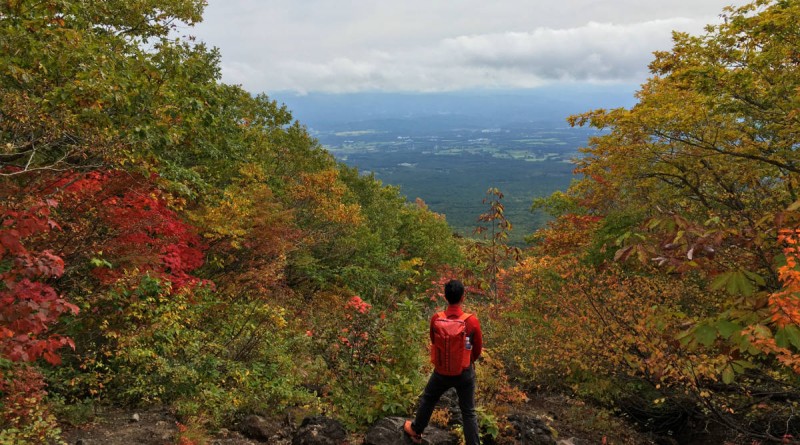

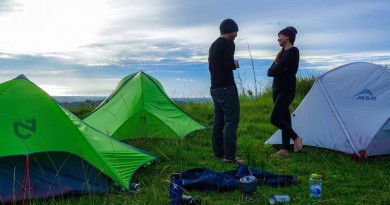
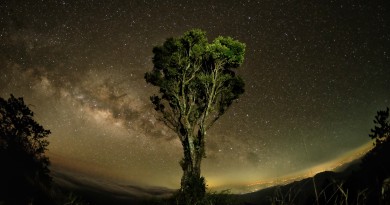
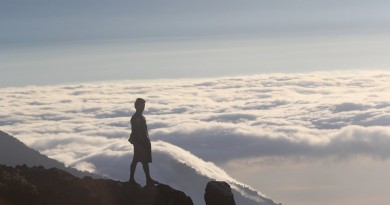
Leave a Reply
7 Comments on "The etiquette of hiking photography"
take nothing but pictures!!
have fun and stay safe to all mountaineers!!
nice guide
These are very good guidelines! specially number 10. I have gone to Mt. manabu as well and got a photo of a "manong" there. Would love to give a copy of the photo to him! hehe..
Thumbs up sir! 🙂
It was so very helpful for all the hikers out there. Nowadays you can you can see a lot of fellow mountaineer taking there outdoor trip every month finding it very relaxing and out of the box experience. Thanks for being a Big brother to all mountaineers out there saying and reminding all the do's and don't. It can also help us think what is right as we continue exploring the beauty of adventure. It can also enhance our personality and being fair humanity about the others because sometimes we may forgot the feelings of other.